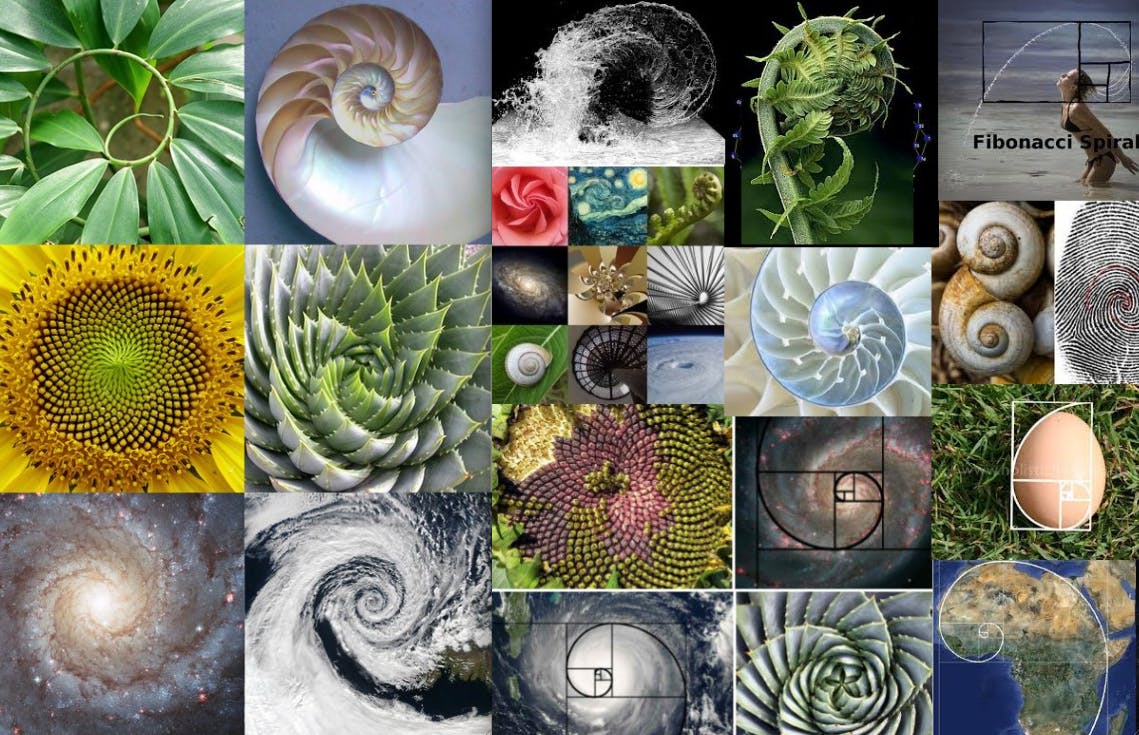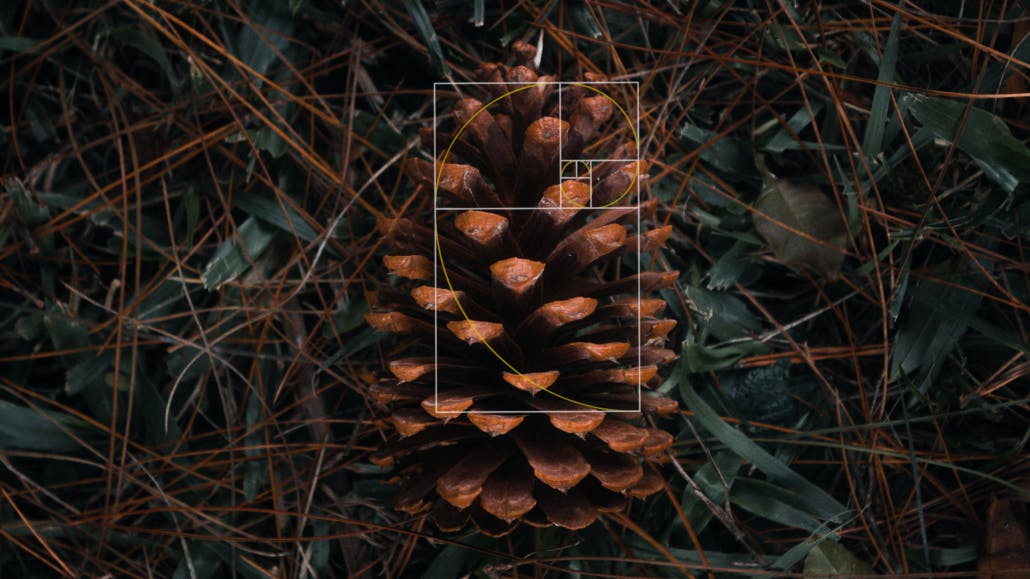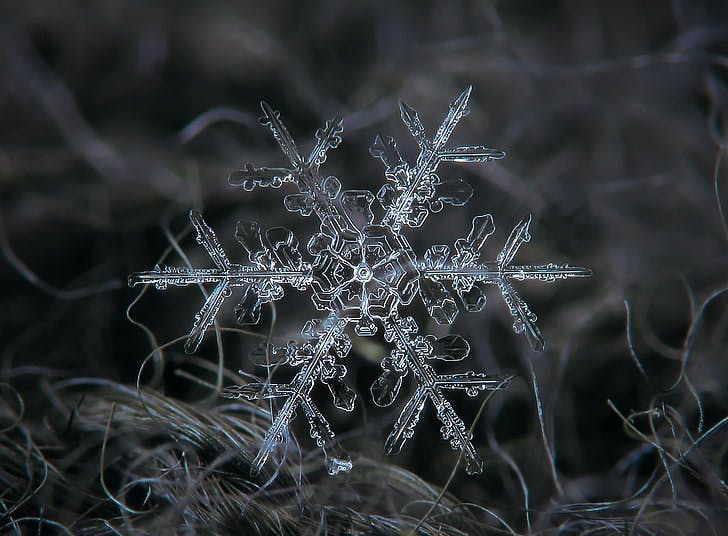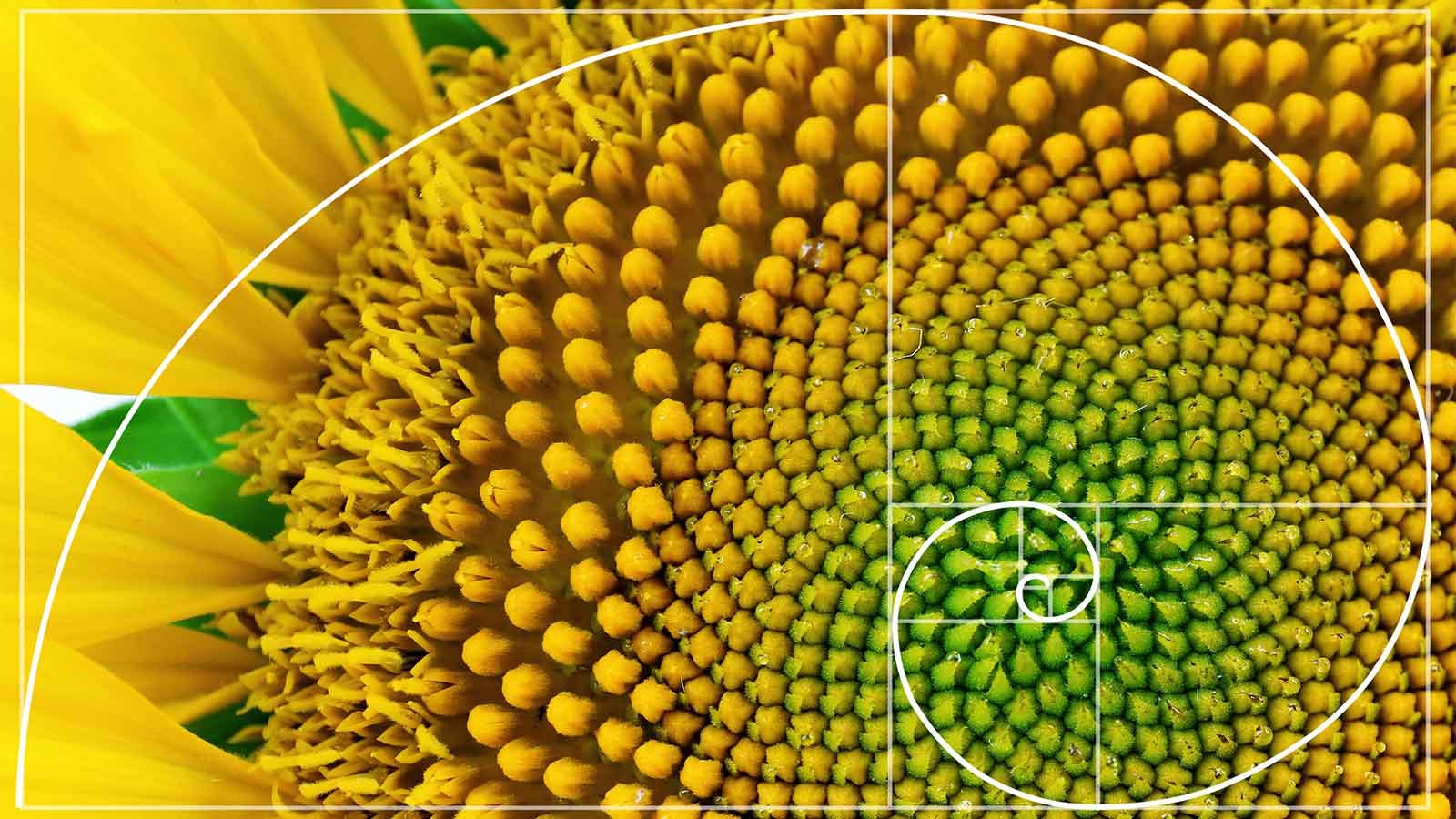Unravelling the Enigma of Recursion: Solving Real-World Puzzles with Elegance
"Recursion: where the tiniest steps pave the path to boundless creativity, connecting art and science in perfect harmony." - Anonymous
Introduction
Have you ever found yourself lost in the mesmerizing beauty of a snowflake, marvelling at its intricate symmetrical patterns? Or perhaps you've stood in awe of the perfect spirals on a sunflower, wondering about the mathematical secrets hidden within? Nature's artistic wonders have a way of captivating our imagination, but did you know that behind these awe-inspiring spectacles lies a powerful concept that fuels their elegance? Get ready to unlock the enigmatic world of recursion, where simplicity dances with complexity, and patterns emerge from the tiniest of details.
In this blog, we will embark on an extraordinary journey into the heart of recursion fascinating concept that mirrors the artistry of nature and empowers computer scientists to solve complex problems with grace and ingenuity. Join us as we delve into the magic of the Fibonacci sequence, the beauty of fractals, and the practicality of recursion in file systems and data structures. Prepare to be amazed by the seamless connection between mathematics and nature's wonders, for in the dance of patterns, we uncover the hidden symphony that binds our world together.
Understanding the Essence of Recursion
Recursion is like a matryoshka doll, where a larger doll contains a smaller one, and that smaller one can hold another even smaller doll, and so on. In the context of programming, recursion involves breaking down a complex problem into smaller, more manageable subproblems, until we reach a base case - the smallest doll that doesn't need further division. Then, the solutions to the smaller subproblems are combined to solve the original problem.
Exploring the Fibonacci Series in Real-World Wonders: Nature's Numeric Symphony
As we journey through the beauty of recursion and its manifestation in nature, let's delve into the captivating realm of the Fibonacci series and how it harmoniously orchestrates some of the most awe-inspiring wonders of the natural world.

Pinecones: Nature's Fibonacci Paradox
Pinecones offer a delightful paradox of the Fibonacci sequence. The spirals formed by the scales of a pinecone may follow the Fibonacci pattern, yet the numbers of spirals in different pinecone species can be different. Some pinecones may exhibit 5 spirals in one direction and 8 in the other, adhering to two consecutive Fibonacci numbers, while others may display 8 and 13 spirals, beautifully showcasing variations in nature's numerical harmony.

Romanesco Broccoli: The Mathematical Marvel
Romanesco broccoli, a mesmerizing vegetable resembling a lime-green fractal, is a testament to the Fibonacci sequence's influence on the plant kingdom. The tightly packed spirals on its florets form mesmerizing fractal patterns that closely adhere to the Fibonacci sequence, a mathematical marvel hidden in plain sight.

Hurricane and Spiral Cloud Formations
Even in the dramatic forces of weather phenomena, the Fibonacci sequence finds its way. Hurricanes and spiral cloud formations often exhibit spirals that follow the Fibonacci pattern. From the grand scale of satellite images to the captivating formations seen from the ground, nature's artistry in the skies reflects its numerical symphony.

The Fibonacci series weaves an enchanting numerical tapestry throughout the natural world, from the elegance of nautilus shells and sunflower seed heads to the captivating formations of pinecones and Romanesco broccoli. In every petal, seed, and cloud, the harmony of the Fibonacci sequence reveals nature's innate affinity for mathematical patterns. These real-world examples not only deepen our appreciation for the beauty around us but also remind us of the unyielding interconnectedness between mathematics and the mesmerizing wonders of the natural world. Embrace the enchantment of nature's numeric symphony, for it whispers the secrets of the universe in the language of mathematics.
Exploring the Natural Beauty of Recursion: Factorials and the Magic of Patterns in Nature
In our journey of unravelling the mysteries of recursion, we've explored the elegance of the Fibonacci sequence and its prevalence in the natural world. Now, let's dive deeper into another recursive wonder: factorial computation, and how it manifests its magic in the realm of nature.
Factorials are captivating mathematical phenomena that emerge when we multiply consecutive positive integers from 1 to 'n'. Recursively computing factorials unlocks a fascinating connection between this abstract concept and the mesmerizing patterns found in the natural world.
Consider the humble yet enchanting snowflake, a true masterpiece of symmetry and complexity. The hexagonal structure of a snowflake's crystal reflects the intricacy that arises from the recursive nature of water molecules freezing under specific conditions. As each water molecule adheres to the existing snowflake, the pattern expands, leading to breathtaking symmetrical designs.

Another compelling example of recursion in nature can be observed in the formation of a sunflower's seed head. The seeds are arranged in stunning spiral patterns known as phyllotaxis. These spirals follow the Fibonacci sequence, allowing the seeds to grow efficiently and maximize exposure to sunlight, a testament to the remarkable efficiency of nature's design.

As we gaze at these natural marvels, we cannot help but marvel at the striking resemblance to recursive patterns. Nature, the ultimate artist, follows a blueprint that mirrors the very essence of recursive algorithms—building upon itself to create breathtaking symmetries, efficiency, and harmony.
Integrating Recursion's Real-World Marvels into our Journey
As we continue our exploration of the magic of recursion, let's venture into the real-world applications where this elegant concept thrives. We've already witnessed the mesmerizing beauty of the Fibonacci sequence and factorials in nature, and now let's unveil how recursion unfolds its true potential in various practical scenarios.
Fractal Art
The allure of fractals lies in their captivating geometric patterns, repeating infinitely at different scales. These mesmerizing works of art are often generated using recursion. Programs apply the same intricate pattern repeatedly to smaller portions of an image, unveiling a stunning display of intricate detail. Fractal art serves as a visual testament to the power and beauty of recursion in the world of creativity and digital aesthetics.

File System Traversal
Have you ever wondered how your computer efficiently organizes and displays the contents of folders and subfolders? This is where recursion steps in. When you open a folder, the system recursively displays the contents of each subfolder, revealing the hierarchical structure of your files. Recursive algorithms enable the seamless navigation of file systems, making it easier for users to access and organize their data effectively.
Data Structures and Recursion
Recursion is a fundamental tool when it comes to working with various data structures. For instance, in tree traversal algorithms like Depth-First Search (DFS) and Breadth-First Search (BFS), recursion plays a pivotal role in exploring the nodes of a tree or a graph efficiently. Additionally, recursion aids in solving complex problems involving graphs, such as finding the shortest path between two nodes.
The Divide-and-Conquer Paradigm
The divide-and-conquer strategy, often employed in sorting algorithms, beautifully integrates with recursion. Sorting algorithms like Merge Sort and Quick Sort divide the input data into smaller chunks, sort them individually using recursion, and then combine the sorted parts to obtain the final sorted result. The divide-and-conquer paradigm, powered by recursion, empowers us to efficiently solve significant problems that would otherwise seem insurmountable.
Conclusion
In this captivating journey of recursion, we explore its profound connection to the wonders of nature and the artistry of mathematics. The Fibonacci sequence weaves its enchanting numeric symphony throughout the natural world, from pinecone spirals to sunflower patterns. Recursion's elegance shines in practical applications, such as fractal art, file system traversal, and the divide-and-conquer paradigm. It is a powerful tool bridging the realms of science and art, unravelling complexity with simplicity. The allure of recursion lies in its ability to harmoniously solve problems and create beauty in both the digital and natural realms. Embrace this enchanting concept and witness the magic of patterns in nature and algorithms. Happy coding!
